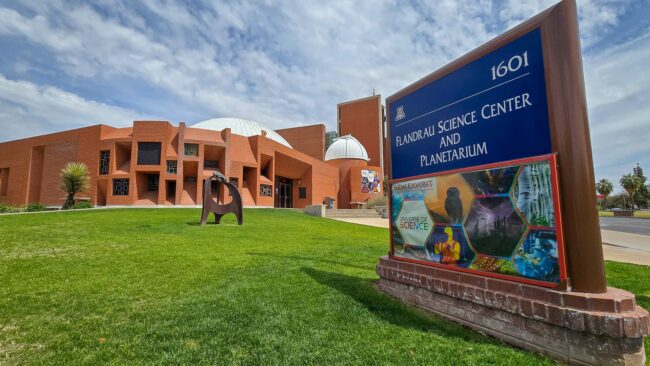Committed to deliver: Cost of doing business must not inhibit growth in 2026
… of the nation’s business ambitions.
Kevin Green
Acting … and drive inflation.
Increased business costs inhibiting growth
The rise … and investment in skills.
Business rates are a significant fixed … ensure reforms to the Business Rates system protect investment …






